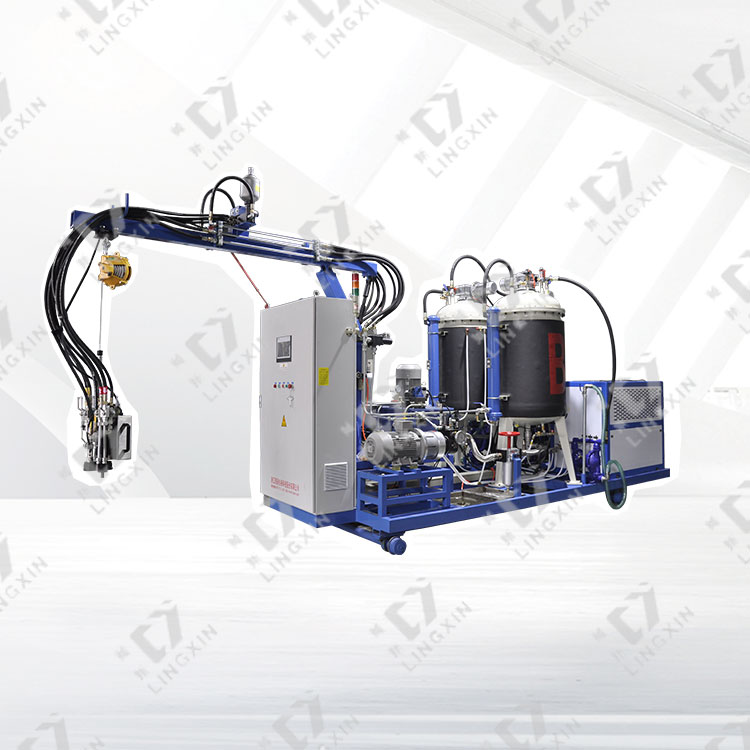company newsCurrent Pocation:home > company news
The viscoelasticity of polyurethane foaming machine
The change of viscoelasticity of polyurethane foaming machine during foaming
During the foaming process of the polyurethane foaming machine, the reaction system starts from the liquid, and finally forms high elastic polymer through foaming and gel reaction. The change of viscoelasticity of the foam system is very important for the stability of foam formation.
At the late stage of foam expansion, the gas pressure in the bubble reaches the maximum value with the progress of the reaction and the increase of the temperature inside the bubble. At this time, with the speeding up of the gel reaction velocity, bubble wall on the membranes of the polymer viscosity increases, and the elastic is not high, at this moment cannot bear because of the increase of gas pressure, and cause the wall film stretching, bubble wall membrane was broken, gas escaping from the broken, the hole forming bubbles, burst bubble wall polymer membranes, suffer the effect of surface tension, flow to the foam reinforced column, the reinforced column strengthened. If the degree of polymerization of the foam rib column at this time, the bubble wall membrane is not easy to be burst by the gas in the bubble, thus forming a closed-hole structure. When more than 10% of the bubbles in the soft foam system of polyurethane foaming machine are of closed-hole structure, carbon dioxide gas is easy to penetrate through the bubble wall membrane, while air is difficult to penetrate. As a result, after the reaction system cools, the obturator bubbles are deflated by external atmospheric pressure, resulting in the shrinkage of the foam product.
From the above analysis, it can be seen that whether the soft foam has an ideal pore structure depends on whether the gel velocity and expansion velocity in the foam reaction are balanced. This balance can be achieved by adjusting the amount of tin catalyst and tertiary amine catalyst in the formulation.
Naturally perforated foam, most of the polymer flow from the wall membrane to the rib frame. Therefore, its expansion strength, elongation, bearing capacity (i.e. foam hardness), resilience and other indicators are higher than that of closed-hole foam.
